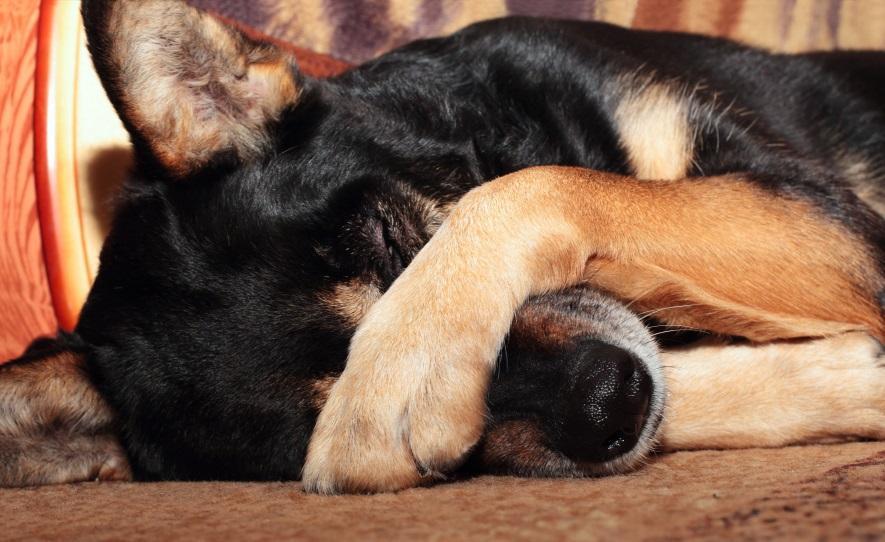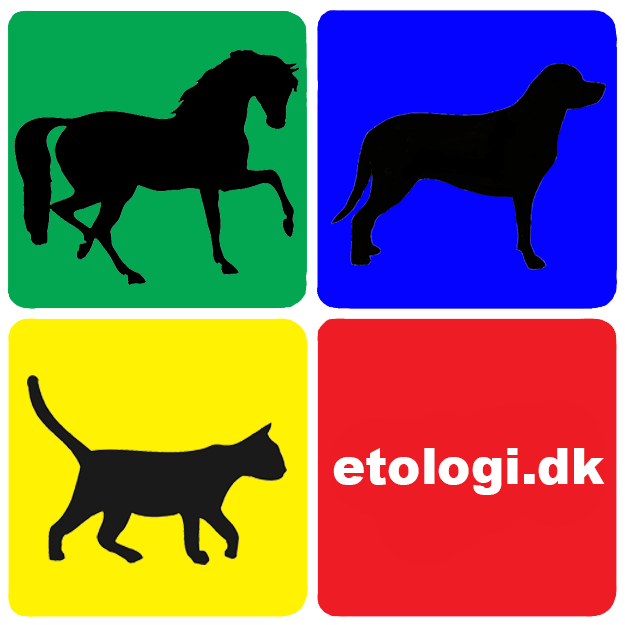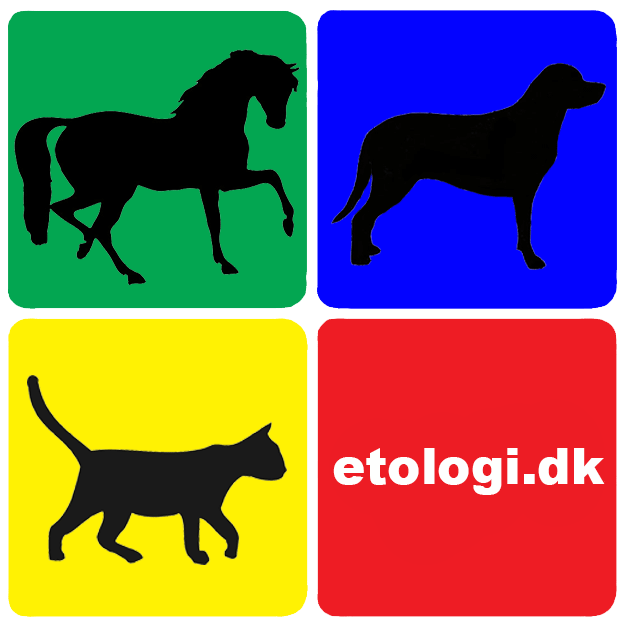
Date: June 19, 2023
Author: Roberto Barata
How to cite: Barata, R. (2023). Optimism and Pessimism in Non-Human Species. Human-Animal Science.
Recent research has found that optimism and pessimism, commonly attributed to human behavior, manifest in animals as well. Optimism refers to a disposition to anticipate favorable outcomes, whereas pessimism entails a proclivity to expect unfavorable outcomes (Hecht, 2013). Nevertheless, when describing animals, these terms are operationally defined and do not necessarily imply that animals experience optimism or pessimism in the same manner as humans do (Lagisz et al., 2020).
Various methodologies are employed to gauge optimism in both human and animal subjects, and various assertions are posited regarding the nature of what is being assessed. It is necessary to discriminate between optimistic biases within the cognitive representations of quantities, such as the likelihood of attaining a future reinforcement/benefit (representational biases), and optimistic biases manifested in observable behavior (behavioral biases). Defining behavioral biases in absolute terms proves challenging due to the absence of an objectively accurate response in the tasks employed for their measurement. However, a relative definition can be established, wherein an animal is deemed relatively optimistic if its behavioral choices align with either a heightened expectation of reinforcement or a diminished expectation of punishment compared to the same animal in an alternative state or a different animal altogether. Only behavioral biases have been quantified in animals, while the evidence supporting representational biases in humans remains feeble (Bateson, 2016).
To address the challenge of utilizing these terms to characterize non-human species, Pinto et al. (2021) conducted research employing terms such as ‘judgment bias’ and ‘personality factors’ to describe non-human species. For instance, cognitive bias has been investigated in equids, specifically horses and donkeys, revealing distinct judgment biases among these species. This cognitive bias framework has been employed to examine the impact of affective states on information processing in non-human animals. In this context, the definition of a state is contingent upon the extent to which an individual must exert effort to cope with the environment and the success of coping attempts. Consequently, a negative state may arise in non-human animals when they expend more significant effort or engage in repeated attempts than initially intended or within their capabilities to cope with a particular situation.
Additional investigations of this nature are necessary to elucidate the connections between the subjective constituents of affective states, which are exclusively quantifiable in humans, and the objective indicators of measurable optimistic behavioral bias observed across species (Bateson, 2016).
As Bračić et al. (2022) paper state, “Furthermore, the study of “optimism” and “pessimism” from the perspective of animal personality could provide valuable insights into ecological and evolutionary processes. In particular, empirical studies may answer the question of whether optimists and pessimists do indeed adjust differently to a given environment and whether they have different social and environmental preferences. Eventually, future studies can contribute to our understanding of the fitness consequences resulting from being an optimist or a pessimist.”
The challenges associated with utilizing emotional terminology to characterize non-human species are multifaceted. Mendl et al. (2022) examined this topic comprehensively, highlighting various obstacles. In the following summary, I will outline the key challenges outlined by the authors:
-
Self-reported emotional feelings are usually taken as humans’ gold-standard measure of emotional states. However, the concept of emotion in humans is primarily derived linguistically, which is not infallible.
-
The challenge in studying subjective emotional experiences in non-human species is that it is inaccessible to direct, objective measurement.
-
Different theories propose different numbers of discrete human emotions, thus challenging the notion of universal discrete emotions in humans, let alone other species.
-
Cultural differences exist in human emotion words, once again challenging the notion of universal discrete emotions in humans and other species.
-
‘Fear-like’ states may be widespread, while ‘envy-like’ states may be confined to humans and perhaps other mammals.
-
Researchers have considered how the use of emotion words changes with increasing phylogenetic distance and the nature of the emotion under consideration.
-
The claim that animals share discrete emotion systems defined by human emotion words has been subject to accusations of anthropomorphism.
-
Phylogenetically distant species with less human-like behavior are less likely to have specific affective states attributed to them.
-
Limited knowledge of a species can increase the risk of error when inferring affective states.
-
Even with knowledge of a species, mistakes can still be made in interpreting their behavior.
-
Informal inferences about non-human species’ behavior patterns can lead to errors in interpreting affective states.
-
Determining whether a learned symbol-object/action/state association reflects a complete ‘understanding’ of the symbolic reference is not trivial.
-
The problem of determining linguistic self-report in specific species takes work.
-
The underlying assumptions of reinforcement theory and appraisal theory can be questioned.
-
The simple translation of human-focused emotive contexts to animals is risky.
-
There are challenges associated with inferring animal emotional states.
-
Using structured theoretical frameworks provides transparent, objective, repeatable, and empirically tractable ways of inferring animal emotional states.
-
Reinforcement theory and appraisal theory can be used to formalize inference of animal emotional states.
-
Context and emotion need to be specified in operational definitions of animal affect.
-
Operational definitions of animal effects can help avoid some of these challenges.
-
Different definitions of animal affect are grounded in reinforcement theories of affective valence.
-
The challenges associated with using these terms to describe non-human species exist.
-
Animal studies implicitly translate human emotion concepts, indicators, and contexts.
-
Linguistic reports cannot be used as a gold standard.
Conclusion
The study of optimism and pessimism in non-human animals presents an intriguing avenue of research, highlighting scientists’ need for a careful and critical approach. While these terms are operationally defined in animals, it is essential to avoid anthropomorphism and acknowledge that their experience of optimism and pessimism may differ from humans.
Behavioral biases have been quantified in animals, but evidence for representational biases in humans is weak. Alternative terms like ‘judgment bias’ and ‘personality factors’ have been used to describe non-human species. However, emotional terminology poses challenges, such as the inaccessibility of subjective experiences and cultural differences in emotional words. Applying structured frameworks and operational definitions can help infer animal emotional states.
It is highly recommended that authors who employ these terms in their scientific papers also include a clear statement regarding the subject’s ongoing subjectivity in the study limitations section. Incorporating these terms within their hypotheses should be the subject of an extensive discussion, which may commence with an exploration of the positions put forth by Popper and Moore. With a rigorously and critical approach to the study of animal affect, researchers can explore these challenges and contribute to a more accurate understanding of non-human emotional experiences.
References
Bateson, M. (2016). Optimistic and pessimistic biases: a primer for behavioural ecologists. Current Opinion in Behavioral Sciences, 12, 115–121. https://doi.org/10.1016/j.cobeha.2016.09.013
Bračić, M., Bohn, L., Siewert, V., von Kortzfleisch, V. T., Schielzeth, H., Kaiser, S., Sachser, N., & Richter, S. H. (2022). Once an optimist, always an optimist? Studying cognitive judgment bias in mice. Behavioral ecology : official journal of the International Society for Behavioral Ecology, 33(4), 775–788. https://doi.org/10.1093/beheco/arac040
Hecht, D. (2013). The Neural Basis of Optimism and Pessimism. Experimental Neurobiology, 22(3), 173–199. https://doi.org/10.5607/en.2013.22.3.173
Lagisz, M., Zidar, J., Nakagawa, S., Neville, V., Sorato, E., Paul, E. S., Bateson, M., Mendl, M., & Løvlie, H. (2020). Optimism, pessimism and judgement bias in animals: A systematic review and meta-analysis. Neuroscience & Biobehavioral Reviews, 118, 3–17. https://doi.org/10.1016/j.neubiorev.2020.07.012
Mendl, M., Neville, V., & Paul, E. S. (2022). Bridging the Gap: Human Emotions and Animal Emotions. Affective Science, 3(4), 703–712. https://doi.org/10.1007/s42761-022-00125-6
Pinto, M., Navas González, F. J., Heleski, C., & McLean, A. (2021). Judgement Bias in Miniature Donkeys: Conditioning Factors and Personality Links. Animals, 11(9), 2737. https://doi.org/10.3390/ani11092737

